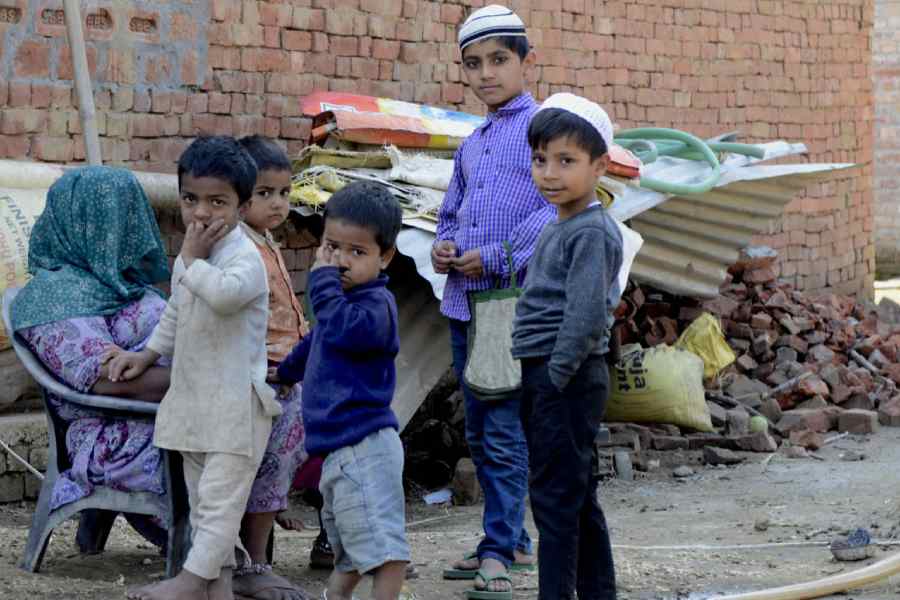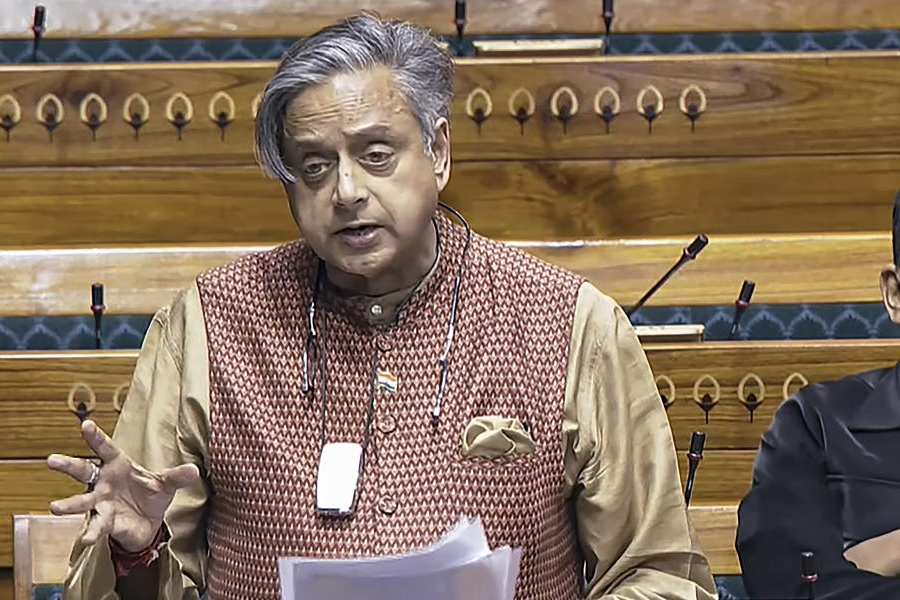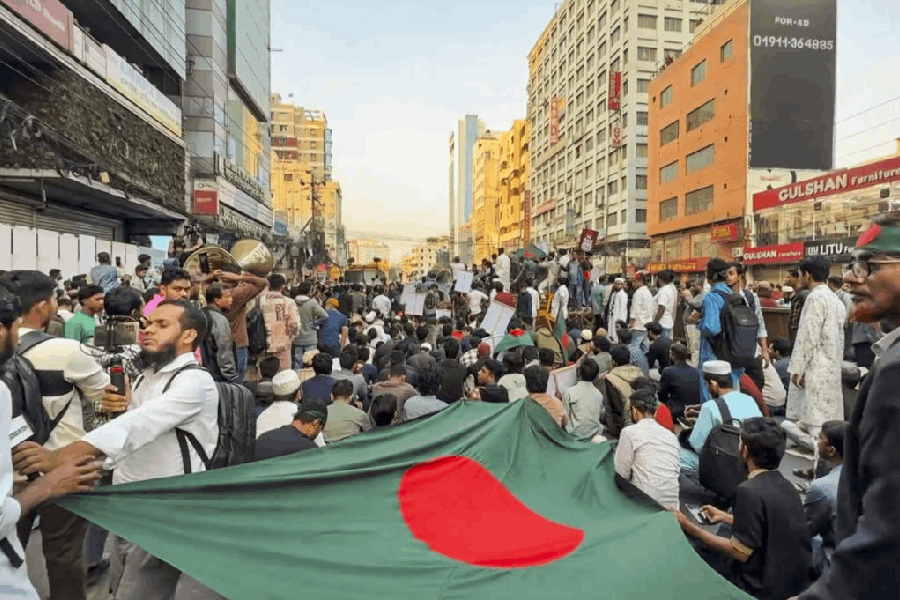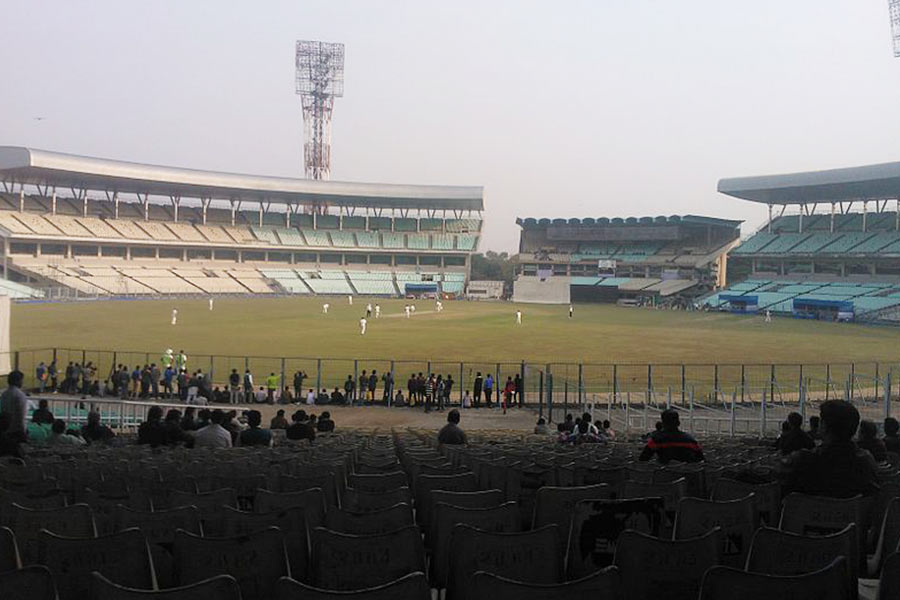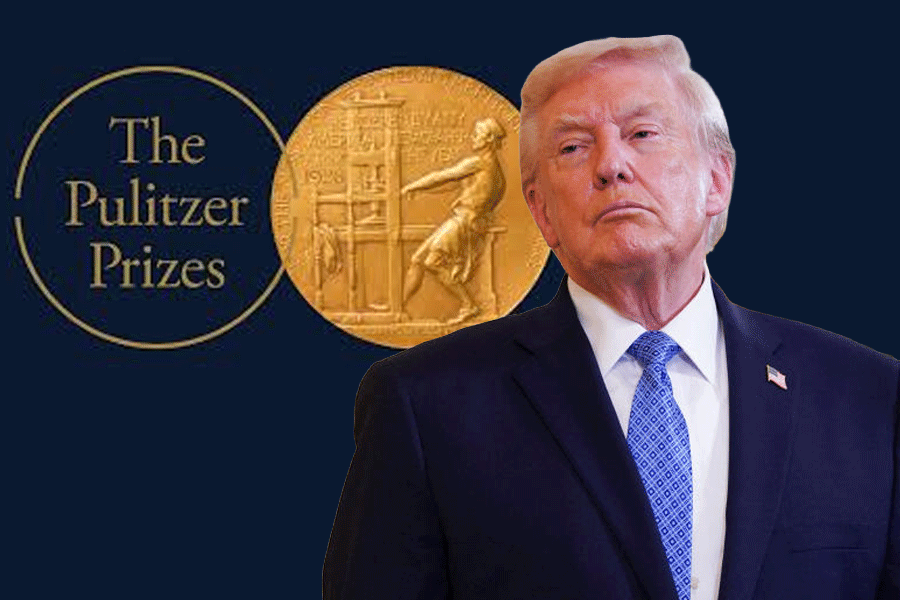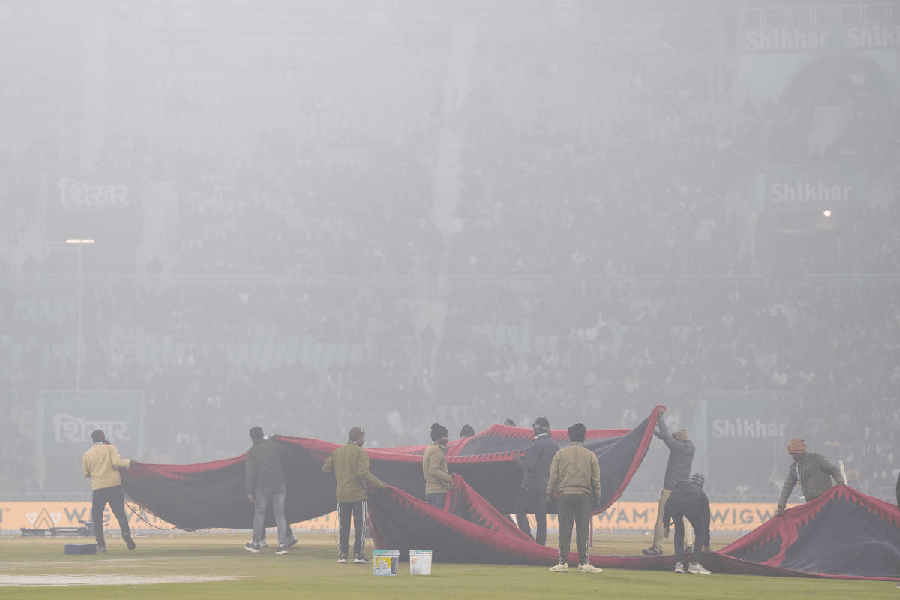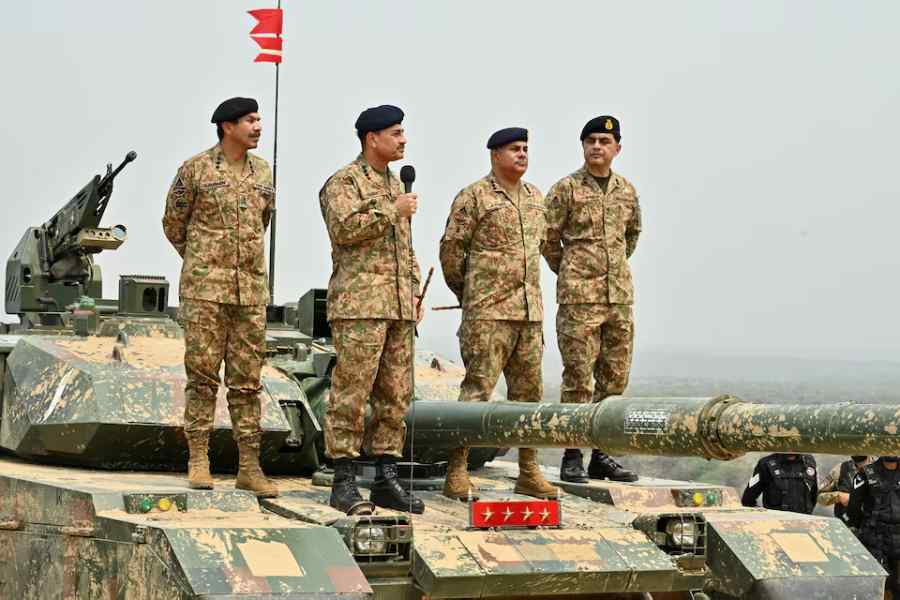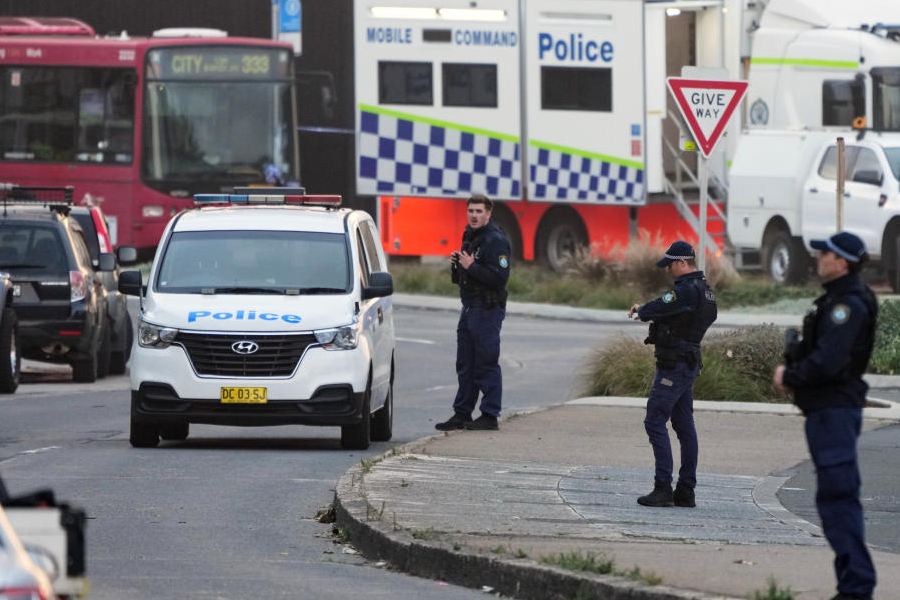The idea of social justice has certainly become an important reference point for political debates after the 2024 elections. Political parties have started taking serious interest in issues like a nation-wide caste census and growing economic disparities. This new and perhaps more dynamic politics centred on social justice, however, is almost clueless on Muslims. The socio-economic marginalisation of Muslim communities is not seen as a viable electoral or political concern. The Bharatiya Janata Party’s adherence to the narrative of Hindutva does not allow it to go beyond its ‘Sabka Saath, Sabka Vikas, Sabka Vishwas’ and ‘Viksit Bharat’ oriented policy framework. On the other hand, the non-NDA parties remain hesitant to talk about Muslim backwardness directly. It seems that no one is interested in the recommendations made by the Sachar Committee report (2007) or the Kundu Committee report (2014).
A recent report, Rethinking Affirmative Action for Muslims in Contemporary India, has made an attempt to revisit the question of Muslim backwardness. The study was commissioned by the US India Policy Institute; it has been published by the Centre for Development Policy and Practice, Hyderabad. The author of this article is one of the principal investigators for this research along with Mohd. Sanjeer Alam and Nazima Parveen.
Instead of reproducing the standard narrative of exclusion and victimhood, this report tries to examine the policy changes introduced by the National Democratic Alliance government post-2014 and their impacts on Muslim communities. It takes the new imagination of welfarism seriously to map out the manner in which the existing programmes and schemes led by the ministry of minority affairs have been restructured in the last 10 years. These substantial policy changes, the report argues, have not been given adequate attention even by policy analysts.
More specifically, the report explores five themes: the changing nature of the State and its official perspective on social welfare; the contemporary policy framework and its implications for Muslims in India; the educational and economic status of Muslim communities in the post-Sachar scenario; Muslims’ perceptions, expectations, aspirations, and anxieties in relation to their socio-economic backwardness and marginalisation and, finally, new avenues for meaningful social interventions. A carefully-designed methodology was adopted to address these concerns.
The Muslim expectation from the State is an important finding of the report. Relying on the various survey-based studies conducted by CSDS-Lokniti, the report shows that in recent years the Central government has reached out to Muslims through its schemes and programmes. It also found that Muslim communities are positively engaging with and are equally likely as others to benefit from these welfare schemes. In other words, the new model of State welfarism, which I describe as a charitable State model, has been accepted by Muslims at the grassroots level as an effective form of social engagement with public policy.
The report also underlines the fact that economic issues — poverty, growing unemployment, and price rise — have severely affected the everyday life of Muslim communities. In this context, the charitable State model is seen as a temporary way to develop survival strategies. Muslim communities, however, are a bit apprehensive about the viability of the charitable State model in dealing with long-term economic problems. The State is also expected to intervene in the economic sphere — not only to generate employment opportunities but to also address the questions of economic disparities, inequalities and, above all, communal discrimination.
The report makes six broad arguments, which are further developed as an Action Plan for future research on Muslim empowerment. First, it is argued that there is a need to have a secular criterion to determine the relative marginalisation of Muslim communities to accommodate them in the existing framework of affirmative action. The demand made by the Pasmanda groups to include Muslim and Christan Dalits in the scheduled caste list, thus, becomes very relevant.
Second, it emphasises that the ‘spatial approach’ can greatly help address developmental deficits among Muslims and other disadvantaged segments of society living in backward or underdeveloped areas/regions. In this sense, the government’s Transformation of Aspirational District Programme could be an important point of departure at the district level.
Third, it is important to have a conscious and proactive policy to address the problems of those occupations in which Muslims are disproportionately, if not exclusively, represented. A policy package could be a way out that may provide for upscaling and modernising the small-scale enterprises by making capital available. The up-skilling of manpower by providing training and putting in place a mechanism to do away with exploitation by traders and so on may help a large number of Muslims and have multiplier positive effects on their lives.
Fourth, the report highlights the importance of the Equal Opportunity Commission. It has been suggested that an EOC can be an effective instrument in addressing social inequities in India. However, there is a need to design it in much better ways than the one proposed by the United Progressive Alliance government in the mid-2000s. In addition, there is a need to engage with the cultural policy of the present regime to ensure a positive and non-discriminatory official representation of Muslim identity.
Fifth, it is stridently argued that for an effective and action-oriented programme of community empowerment, the contours of the private sector must be systematically explored.
Finally, the relative marginalisation of Muslim institutions and charities must be factored in in the discussions on community empowerment. Their modes of functioning, their assessment of Muslim marginalisation, and their coping mechanism must be given adequate attention.
This report tries to offer a new perspective to address the question of Muslim aspirations. At the same time, it highlights a constructive agenda for social justice. It would be interesting to see how the political class reacts to this inclusive and secular proposal for the futuristic imagination of social justice.
I acknowledge the contributions of my co-authors, Mohd. Sanjeer Alam and Nazima Parveen, to this article.
Hilal Ahmed is Associate Professor, CSDS, New Delhi

